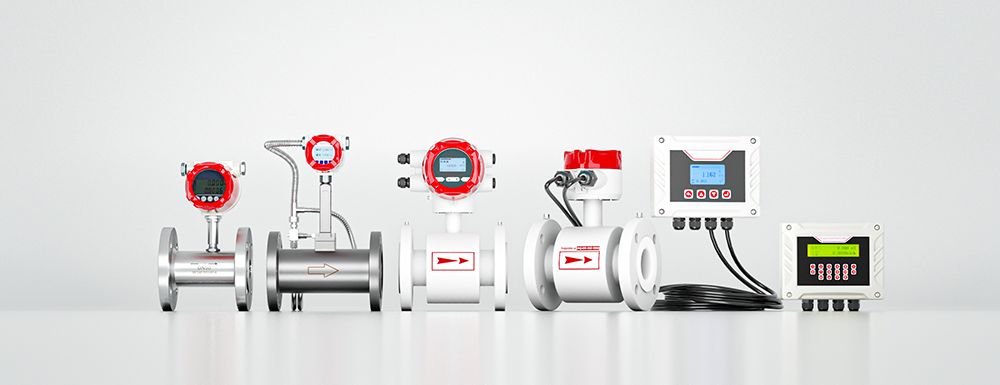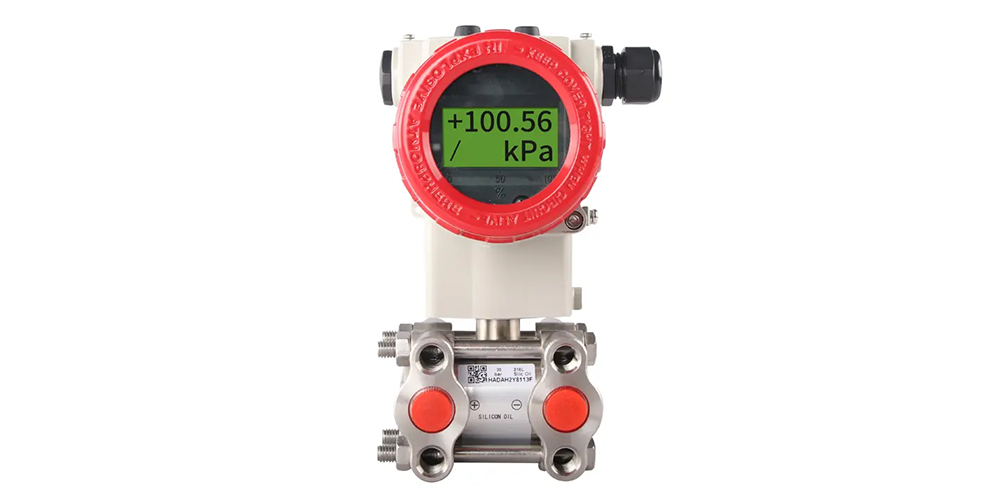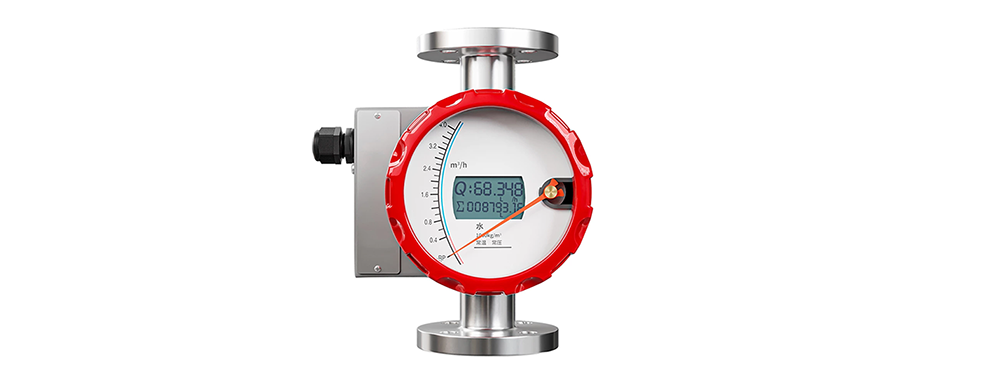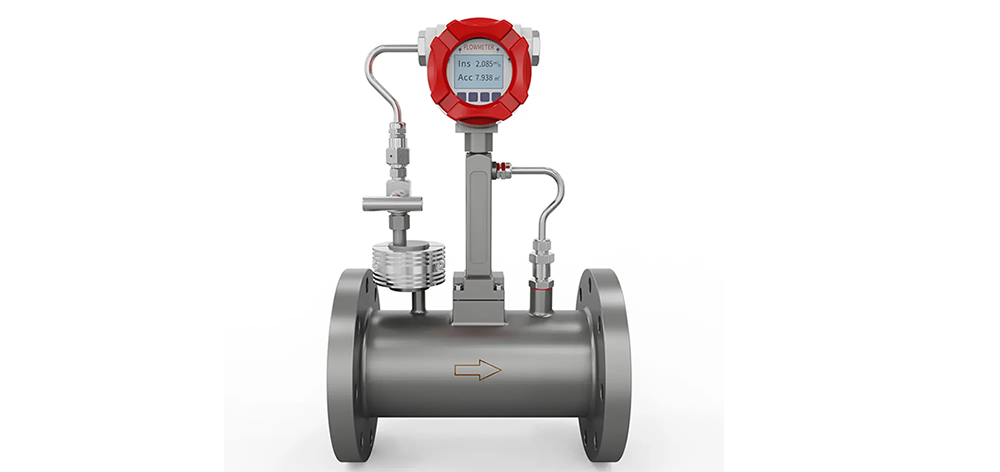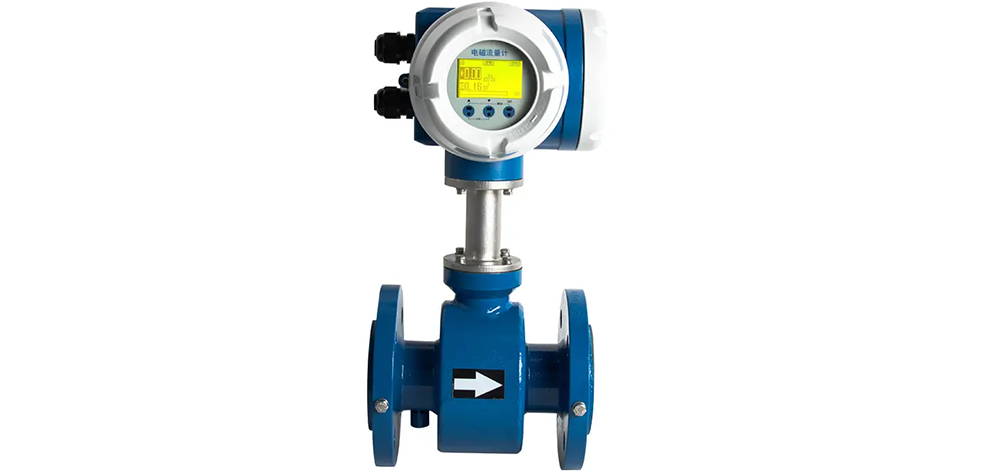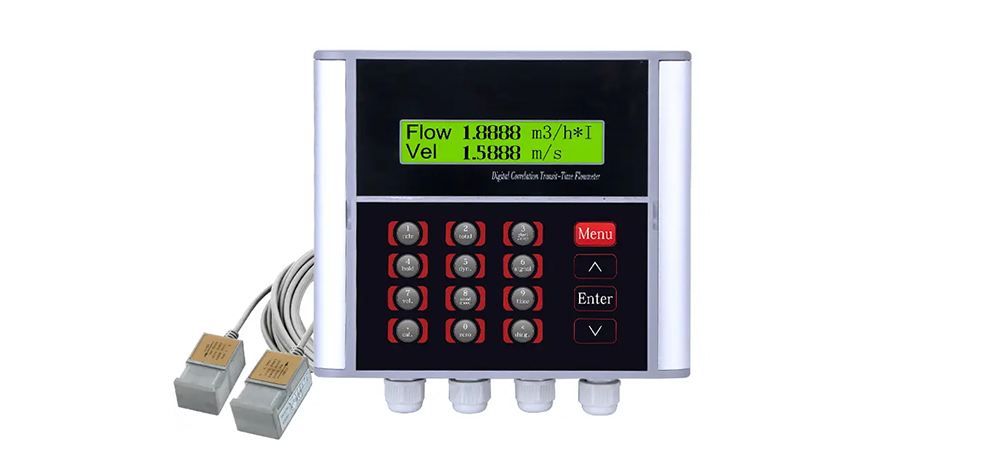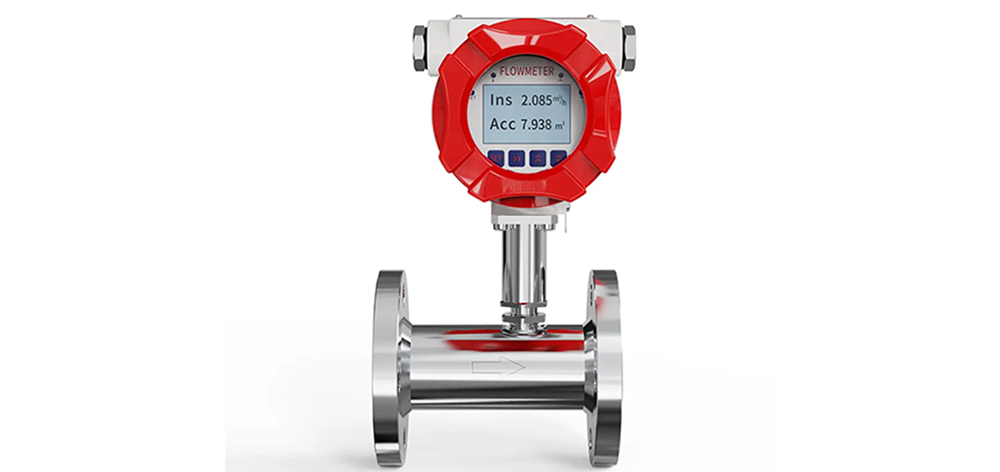A Beginner’s Guide to 7 Common Flow Meters and the Selection Tips
Flow measurement isn’t just a technical detail; it’s the pulse of industrial processes, ensuring safety, accuracy, and cost savings. With more than 100 types of flow meters flooding the market today, selecting one with the best performance-to-price ratio can feel overwhelming. This guide explores key insights on flow instrumentation, helping you navigate choices with confidence. Whether you’re an engineer optimizing a pipeline or a manager budgeting for upgrades, let’s dive into the essentials of flow meter types, their strengths, and practical tips for selection.
Understanding Flow Meters: Why They Matter in Industrial Automation
Flow rate is a cornerstone parameter in industrial production, controlling everything from chemical reactions to energy distribution. In the 1970s, differential pressure technology held an 80% market share, but innovation has since introduced smarter and more versatile options. Today, selecting a flow meter involves balancing factors like fluid type, operating conditions, accuracy needs, and budget. From commissioning systems in harsh environments, like offshore oil rigs or pharmaceutical cleanrooms, the key is matching the meter’s characteristics to your specific application to avoid downtime and inaccurate readings.
This post will explore seven major categories of flow meters commonly used in industry, highlighting their features, pros, cons, and applications in kinds fields. Just follow up to master the techniques elaborated for selecting a flow meter!
1. Differential Pressure Flow Meters: The Reliable Workhorse
Differential pressure measurement remains the most widely applied flow technology, capable of handling single-phase fluids under diverse conditions, including high temperatures and pressures. In its heyday during the 1970s, it captured 80% of the market for good reason. These meters typically consist of a throttling device (like an orifice plate, nozzle, Pitot tube, or averaging Pitot tube) paired with a transmitter.
The throttling device constricts the fluid flow, creating a pressure difference upstream and downstream that’s proportional to the flow rate. Orifice plates are the go-to choice due to their simplicity and ease of installation. As long as they’re manufactured and installed per standards (think ISO 5167), they deliver reliable measurements without needing real-flow calibration but just a quick inspection.
That said, all throttling devices introduce permanent pressure loss. A sharp-edged orifice plate can lose 25-40% of the maximum differential pressure, which adds up in energy costs for large-scale operations. Pitot tubes, on the other hand, have negligible loss but are sensitive to changes in flow profile, given that turbulence can disrupt their readings.
In a petrochemical plant, operators swapped outdated orifice plates for Venturi tubes to minimize pressure drop, resulting in a 15% reduction in pump energy use. Therefore, when dealing with viscous fluids or slurries, it makes sense to consider averaging Pitot tubes for better accuracy in uneven flows. What’s worth mentioning is that always ensure at least 10-20 pipe diameters of straight run upstream to stabilize the flow profile, or the operators might be trapped in calibration headaches.
2. Variable Area Flow Meters: Simplicity Meets Versatility
The iconic rotameter represents variable area flow meters, where a float rises in a tapered tube proportional to flow rate. Their standout perk? Direct, on-site readings without external power, which is perfect for quick checks in the field.
These come in two main flavors: glass tube rotameters for ambient, non-corrosive media like air, gases, or argon, offering clear visibility and easy readability; and metal tube rotameter versions with magnetic indicators for high-temperature or high-pressure scenarios. The latter one can output standard signals for integration with recorders or totalizers.
Modern variants include spring-loaded conical designs with no condensate chambers, boasting a 100:1 turndown ratio and linear output, ideal for steam measurement.
When speaking of the wide applications, numerous rotameters are chosen to be deployed in the lab settings for gas blending, which saves wiring costs thanks to the no-power requirements. But watching out for the vibrations, the rotameters can cause float jitter and false readings. In the brewery upgrade, for instance, the metal tube models handle hot wort flows, extending service life threefold, while armored glass versions with PTFE linings are a budget-friendly pick, but the operators need to calibrate them annually to maintain 1-2% accuracy.
3. Vortex Flow Meters: Oscillation for Precision
Vortex meters, a prime example of oscillatory types, place a bluff body in the flow path, generating alternating vortices whose frequency correlates to velocity. No moving parts mean excellent repeatability, longevity, and minimal maintenance.
Holding the advantages like a broad linear range, immunity to temperature, pressure, density, or viscosity shifts, low pressure loss, and high accuracy (0.5-1%), the vortex flow meters handle up to 300°C and 30 MPa, making them versatile for gases, liquids, and steam.
The sensing method in vortex flow meters varies by medium: piezoelectric sensors are ideal for steam, thermal or ultrasonic sensors suit air, and nearly all sensing options work for water. Similar to orifice plates, the flow coefficient is determined by the meter’s dimensions.
In the natural gas pipeline project, vortex meters outperform turbines in pulsating flows, reducing errors from 5% to under 1%. They’re sensitive to installation, which ensures straight runs and avoids proximity to valves. When it comes to the emerging trends, wireless vortex meters with battery life up to 10 years for remote sites.
4. Electromagnetic Flow Meters: Conductive Fluids’ Best Friend
Electromagnetic meters, or mag meters, exploit Faraday’s law, which goes like this: conductive fluids cutting through a magnetic field induce a voltage proportional to the flow. Restricted to conductive media, these meters are unaffected by temperature, pressure, density, or viscosity—theoretically, at least—with 100:1 turndown and 0.5% accuracy. Pipe sizes range from 2mm to 3m, suiting water, slurries, pulps, or corrosives.
Electromagnetic flow meters produce weak signals (2.5–8 mV at full scale), so making proper shielding and grounding is essential to avoid interference with motors.
Electromagnetic flow meters excel in wastewater treatment plants, reliably measuring dirty fluids like slurries without clogging. Unlike mechanical meters, the mag meters have no moving parts. For corrosive fluids, such as acidic wastewater, upgrading to PFA-lined mag meters can reduce maintenance needs by up to 50% as seen in a recent plant retrofit. Additionally, battery-powered mag meters are gaining traction for remote water metering, offering flexibility in off-grid locations while maintaining the same clog-free reliability.
5. Ultrasonic Flow Meters: Non-Intrusive Innovation
Ultrasonic flow meters come in two primary types: Doppler and time-of-flight (TOF). Doppler meters measure flow by detecting frequency shifts from suspended particles, making them ideal for high-velocity, dirty fluids like slurries, but less effective for low speeds or rough pipe surfaces.
TOF meters, which calculate flow based on the time difference of ultrasonic waves traveling with and against the flow, excel in clean, uniform liquids like water, requiring precise electronics for accuracy. Multi-beam TOF designs enhance performance in turbulent flows, offering greater reliability in complex systems.
In a chilled water system retrofit, clamp-on TOF ultrasonic meters saved thousands by eliminating the need for pipe cuts or shutdowns, achieving 1% accuracy with proper calibration. However, air bubbles or pipe coatings can disrupt readings, so thorough site assessments are critical. For field audits, portable ultrasonic units are invaluable, providing quick diagnostics without system downtime.
6. Turbine Flow Meters: Speed and Accuracy in Motion
Turbine flow meters operate on the principle of momentum conservation, where fluid flow spins a rotor, and the rotor’s speed directly correlates to the flow rate. These meters dominate in applications requiring high precision, with gas-specific designs featuring smaller blade angles and more blades to optimize performance in lower-density fluids. They deliver exceptional accuracy (0.2–0.5%, or 0.1% in specialized cases), a 10:1 turndown ratio, low pressure loss, and robust performance under high pressures, but require clean fluids and sufficient straight pipe runs to avoid turbulence-induced errors.
In an aviation fuel system, turbine flow meters ensured pinpoint accuracy for custody transfer, critical for billing precision. Smaller bore sizes amplify sensitivity to fluid density and viscosity, so robust pre-filtration is a must to prevent debris-related errors. Hybrid designs with magnetic pickups have improved reliability by reducing mechanical wear.
7. Positive Displacement Flow Meters: Volumetric Precision
Positive displacement flow meters measure flow by trapping and displacing fixed fluid volumes with each rotation, using designs like oval gear, rotary piston, or scraper types. Oval gear meters provide a 20:1 turndown ratio and high accuracy (typically 0.5% or better) but are susceptible to jamming from debris in the fluid. Rotary piston meters excel at handling large volumes, though their design may allow slight leakage, impacting precision in low-flow scenarios.
Unaffected by fluid viscosity, PD meters are ideal for liquids like oils and water, but unsuitable for gases or steam due to their volumetric mechanism.
In a food processing plant, PD meters, particularly oval gear types, were critical for precise batch dosing of viscous syrups, ensuring consistent product quality. However, debris in unfiltered syrups caused occasional jams, underscoring the need for robust filtration systems. Clean-in-place (CIP) designs significantly reduced downtime by simplifying maintenance, a game-changer for high-throughput lines.
Selecting the Right Flow Meter: Expert Tips for Success
Selecting the right flow meter is critical to optimizing industrial processes, as no single meter suits every application. To make an informed choice, evaluate key factors: fluid properties (e.g., viscosity, corrosiveness, or particulate content), flow range (minimum and maximum rates), required accuracy (from 0.1% for custody transfer to 2% for general monitoring), installation constraints (such as pipe size, straight-run requirements, or space limitations), and total cost of ownership (including purchase, installation, maintenance, and energy costs).
By systematically weighing these factors against your process needs, ideally with pilot testing or vendor consultations, you can select a meter that balances performance and budget.
Post time: Oct-13-2025





